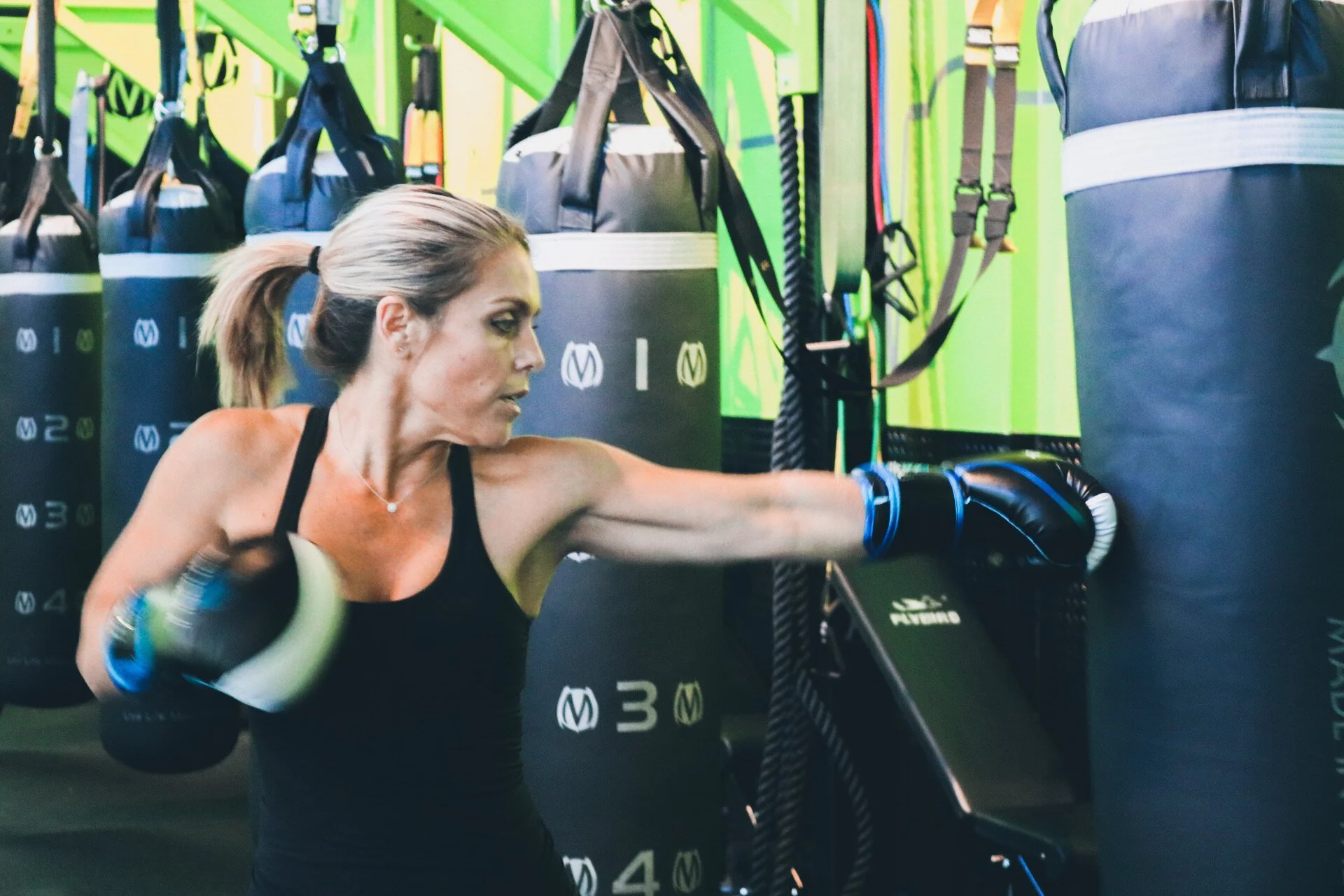Boxing has been a staple in the sports world for millennia when ancient civilizations would duke it out bare-knuckled for entertainment. Over time, these bare-knuckled brawlers grew to use wraps and other supports to protect their hands and wrists from the strain of throwing punches.
Nowadays, boxing is still a widely-loved sport all around the world, but the participants wear safer equipment. This includes using advanced hand-wrapping techniques and multiple wraps for boxing. Gear like this has made boxing more accessible for both fans of the sport and fitness enthusiasts alike.
A Brief History of Hand Wrapping
The history of boxing goes back millennia, but the first mention of hand and wrist wrapping for boxing was back in about 688 B.C.E in Ancient Greece. For thousands of years, boxing has been on the world stage and there was even a sport in the very first Olympics.
When the Ancient Greeks would use wraps for boxing, they wouldn’t use the traditional cloth-like wraps that you most often see today. Instead, the Ancient Greeks used something called “himantes,” or oxhide leather strips that were softened with oil.
It wasn’t until the mid-1700s that padded gloves were first introduced to the world of boxing, even though these first gloves were elementary at best. They were originally only used for practice and not for professional fights, where fighting with bare knuckles was still considered the norm. Using gloves in matches was considered to be unmanly!
From the 1800s to the 1920s, hand wrapping once again became the norm, though the advent of more modern technology meant that boxers no longer needed to use oxhide wraps for boxing. Instead, cloth gauze and tape were used to wrap the hands and wrists for protection.
Today, gloves are the standard for protecting your hands in a boxing match, but hand and wrist wraps for boxing are still important in practice, training matches, and to the casual boxer working out.
Why Should You Wrap Your Hands?
Above all else, hand wrapping is used to protect your hands when you’re boxing. Boxing requires you to slam your closed fist - which is full of small joints and small bones - into a hard and semi-immovable object. These bones in your hands are fragile and can easily break if you hit them against a hard surface repeatedly. Even just a single bad punch can throw everything in your hand out of whack. That’s why so many people who punch someone will end up with bruised or broken knuckles.
Additionally, using boxing wrist wraps restricts the movement in your hand and wrist just enough to provide extra support. That extra support helps to absorb the shock of the hit and distribute it throughout your entire hand and arm instead of in the concentrated location of your fist. If you didn’t do so, you could easily fracture your hand or pull a muscle, and that can seriously impact your day-to-day life.
What this amounts to is that wrist and hand wraps for boxing aren’t just a cool fashion statement. They serve an important purpose to protect you from further injury in an already extremely physical sport.
Hand Wrapping Technique
Having the right technique when you go to wrap your hands can save you a lot of pain and heartache once you enter the ring.
What Wrap to Use
There are several different types of wraps for boxing that you can choose from, so making the best choice for you is important! Typically, wraps come in four different types: cotton wraps, Mexican wraps, gel wraps, and competition wraps.
Cotton wraps are a good choice for training purposes. They’re long, cotton strips that you secure with velcro at the end. Mexican wraps are similar to cotton wraps, except they’re made with a fabric blend instead of being 100% cotton. These wraps are great for training, but they don’t have the same longevity as cotton wraps.
Gel wraps, unlike the previous two types of boxing wrist wraps mentioned, slip onto your hand like a fingerless glove instead of getting wrapped around your hand. Because you don’t have to spend time wrapping them, gel wraps are convenient to put on. However, they don’t provide much protection or support.
Finally, competition wraps are created from gauze and tape. Competition rules dictate how much of each you can use so that each boxer uses the same amount of padding. Because this type of wrap cannot be reused, it’s impractical for everyday use.
With your chosen cloth, wrap the first part of the wrap around your thumb and the back of your hand, checking for tension. When you feel like you’re ready to go, head on to…
The Rule of Threes
When you’re wrapping your gear around your wrist, a good rule of thumb is to practice the rule of threes. Wrap your wrist three times. Wrap your palm three times. Wrap your knuckles three times. The reason for this is because three wraps are a solid choice for making sure your hand and wrist get enough support. Too much padding is going to make it difficult for you to move your fist to punch, but not enough support could cause you damage when you throw a punch.
Make an X
Making Xs across your palm, between your fingers, and around your wrist is going to give you the most support. You don’t want your fingers to be all bunched together when you’re putting your wrap into place, because if your hand gets smashed, it’s going to press all of your fingers together. That is not going to feel good.
However, making Xs over your wrist and between each finger is going to give them the support they need to withstand the force of a punch.
Test It Out
The most important part of hand and wrist wrapping for boxing is testing it out. If your hand feels bulky or uncomfortable, then you aren’t going to be able to move the way you might need to when you’re training or you’re in a competition. However, if you don’t have enough support, you’re going to injure yourself. Do a couple of test punches to make sure that your wraps feel nice and secure. Just don’t put your full force behind the punches or it may hurt more than you think!
What to Look Out For
Wrapping is going to look different for everybody. The important part, though, is to make sure that you aren’t going to cause yourself injury or hurt your game if your wraps are done improperly.
Before you start wrapping your hands on your own, get a professional to show you how it's done. Our personal trainers at Pulse Boxing and Fitness or our boxing class instructors will be happy to show you exactly how to wrap your hands to get the best support. Placing the pressure and support on the wrong part of your hand can be disastrous.
Pulse Boxing and Fitness
Here at Pulse Boxing and Fitness, we believe in the importance of health and fitness and the value of using boxing at a fitness and exercise outlet. We also believe that safety is paramount to your fitness journey, and using wraps for boxing is an essential part of staying safe.
If you’re considering boxing as an exercise outlet, contact us today for more information about our boxing classes and personal training sessions. We’d be happy to help you out

